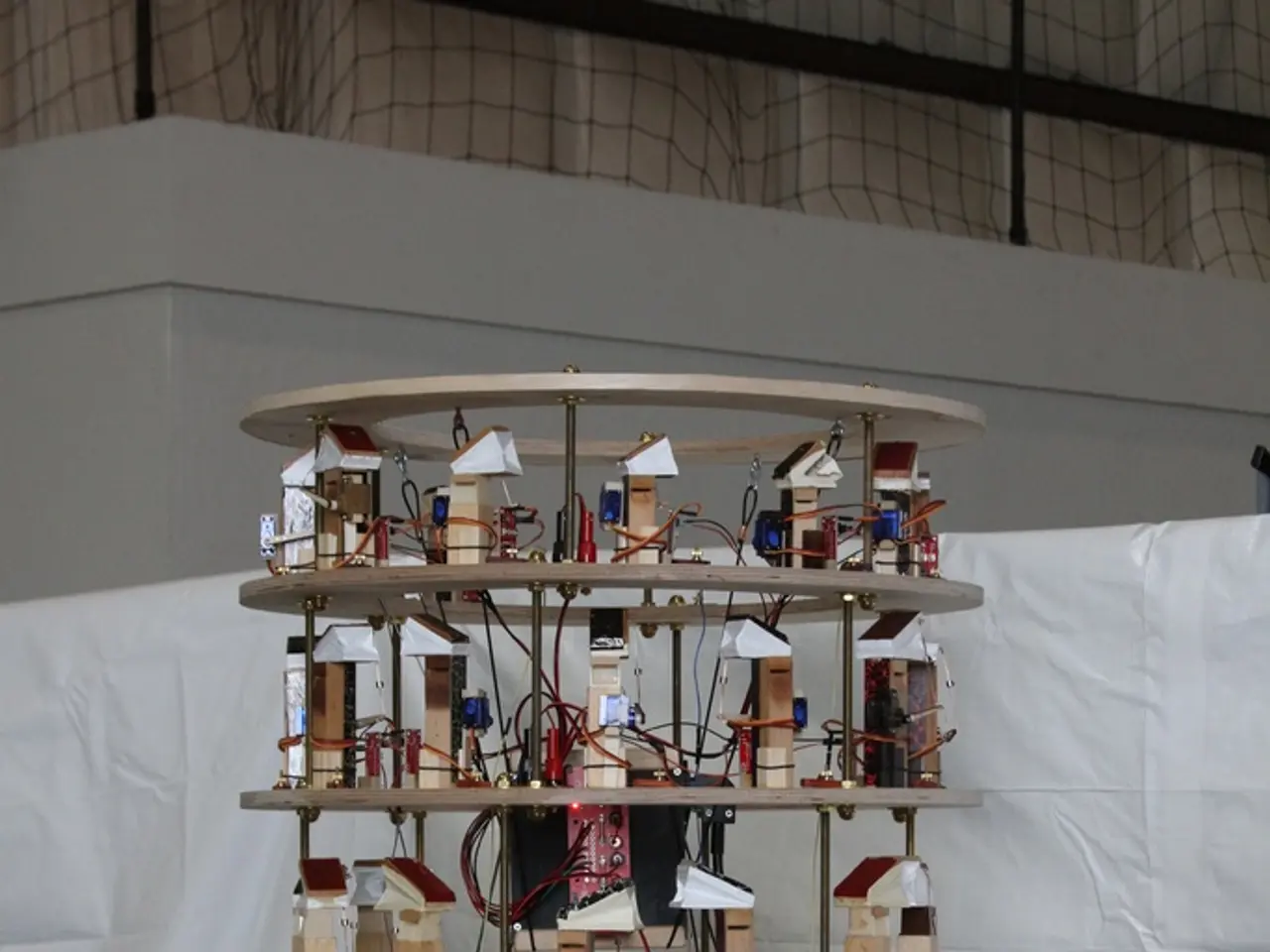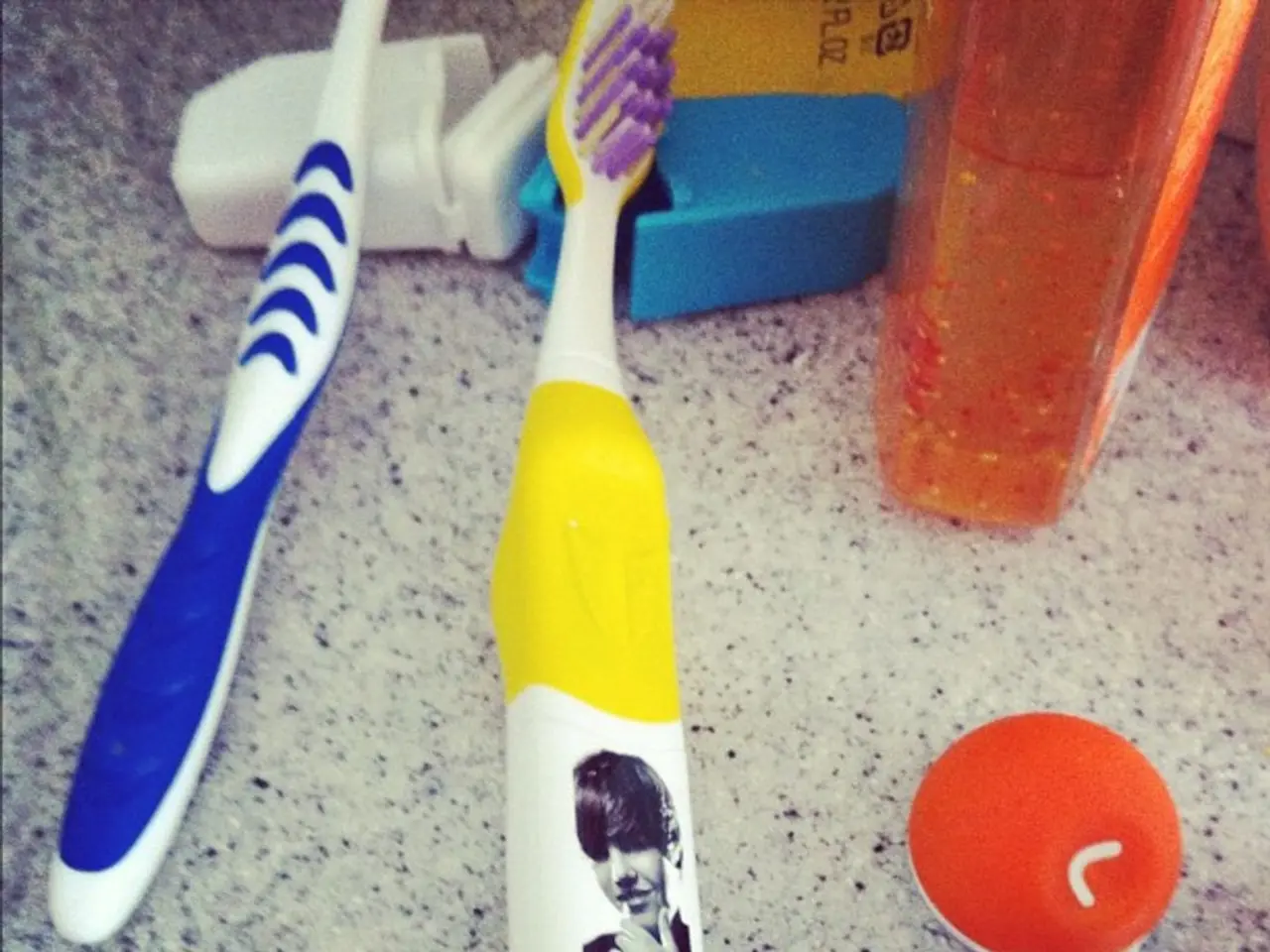Designing PCBs for Minimized Electromagnetic Interference by Ken Wyatt
In the world of electronics, reducing Electromagnetic Interference (EMI) is a crucial aspect of PCB design. Ken Wyatt, Principal Consultant at Wyatt Technical Services LLC (Colorado), presents a webinar titled "PCB Design for Low EMI" that offers valuable insights into this critical field.
The webinar emphasises the importance of understanding how signals move via electromagnetic fields in PCBs. For low-frequency signals (less than 50 to 100 kilohertz), the return conduction current path is relatively spread out along the return plane, taking the path of least resistance. In contrast, for high-frequency signals (greater than 50 to 100 kilohertz), the return conduction current path is relatively confined along the return plane, directly underneath the signal trace, due to mutual inductance between the trace and plane.
Effective PCB design for low EMI hinges on managing both signal propagation and return conduction current paths. Short, direct, and controlled-impedance traces prevent signal distortion and excess radiation. Techniques such as using differential pairs for high-speed signals and avoiding sharp 90-degree bends (favoring 45-degree or curved traces) minimise reflections and noise generation.
Crucially, the return conduction current paths must be carefully managed. A low-impedance path for the return current, usually provided by an uninterrupted ground plane directly beneath the signal trace, confines the electromagnetic fields within a small, well-defined space on the board, reducing EMI emissions. Disruptions like splits or slots in ground planes force return currents to take longer or higher-impedance routes, increasing loop area and radiated emission.
From an electromagnetic physics perspective, unconfined accelerating charges create propagating fields that lead to EMI. Good PCB design aims to minimise net accelerating charge and confine fields by providing low impedance and localised return paths. This involves using a continuous ground plane layer to act as the return path for signal currents, placing decoupling capacitors close to IC power pins, and physically separating noisy components from sensitive analog or RF areas.
In simulations, the return current for low-frequency signals is spread out, while for high-frequency signals, it is located directly underneath the circuit trace. Poor board designs can lead to radiated emissions, radiated immunity, and Electrostatic Discharge (ESD) compliance failures.
In conclusion, effective low-EMI PCB design requires an integrated approach: optimise trace routing and impedance for clean signal propagation, and ensure low-impedance, localised return current paths via solid, uninterrupted ground planes. This confinement of electromagnetic fields reduces radiated and conducted emissions, achieving better EMI performance.
[1] Wyatt, K. (2021). PCB Design for Low EMI. Webinar. [2] Wyatt, K. (2022). Understanding EMI in PCB Design. Blog post. [3] Wyatt, K. (2020). High-Speed PCB Design Techniques. Webinar. [4] Wyatt, K. (2019). Reducing EMI in PCB Design. Blog post.
In the context of PCB design for low EMI, controlled impedance technology plays a significant role in preventing signal distortion and excess radiation. Additionally, understanding and managing return conduction current paths, especially for high-frequency signals, is crucial in technology that aims to reduce EMI emissions.




